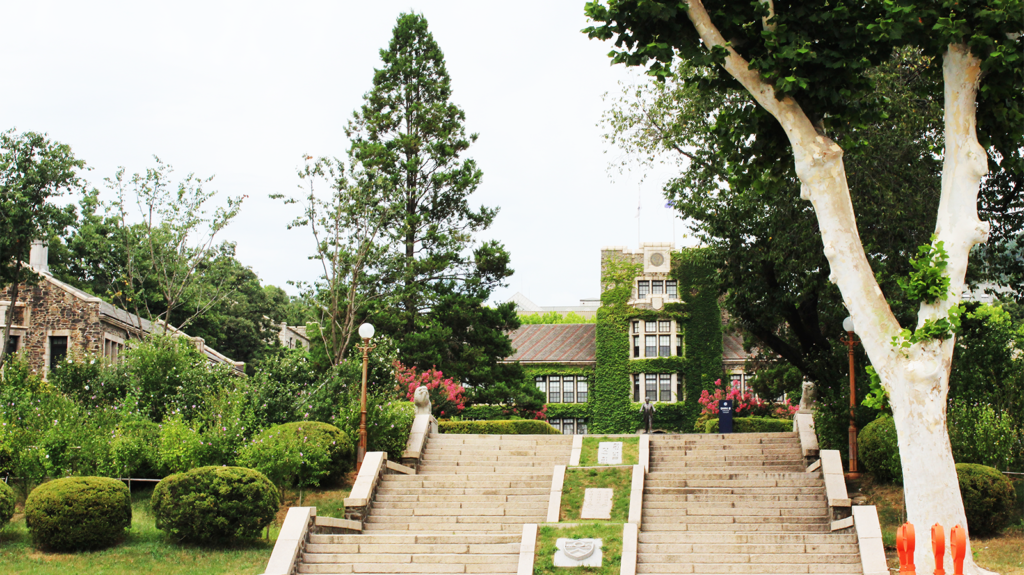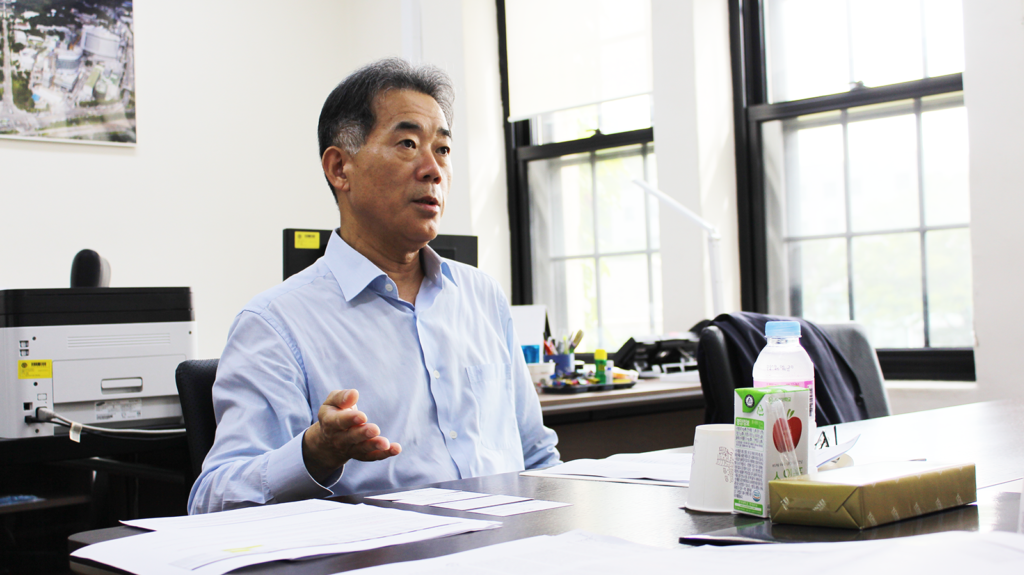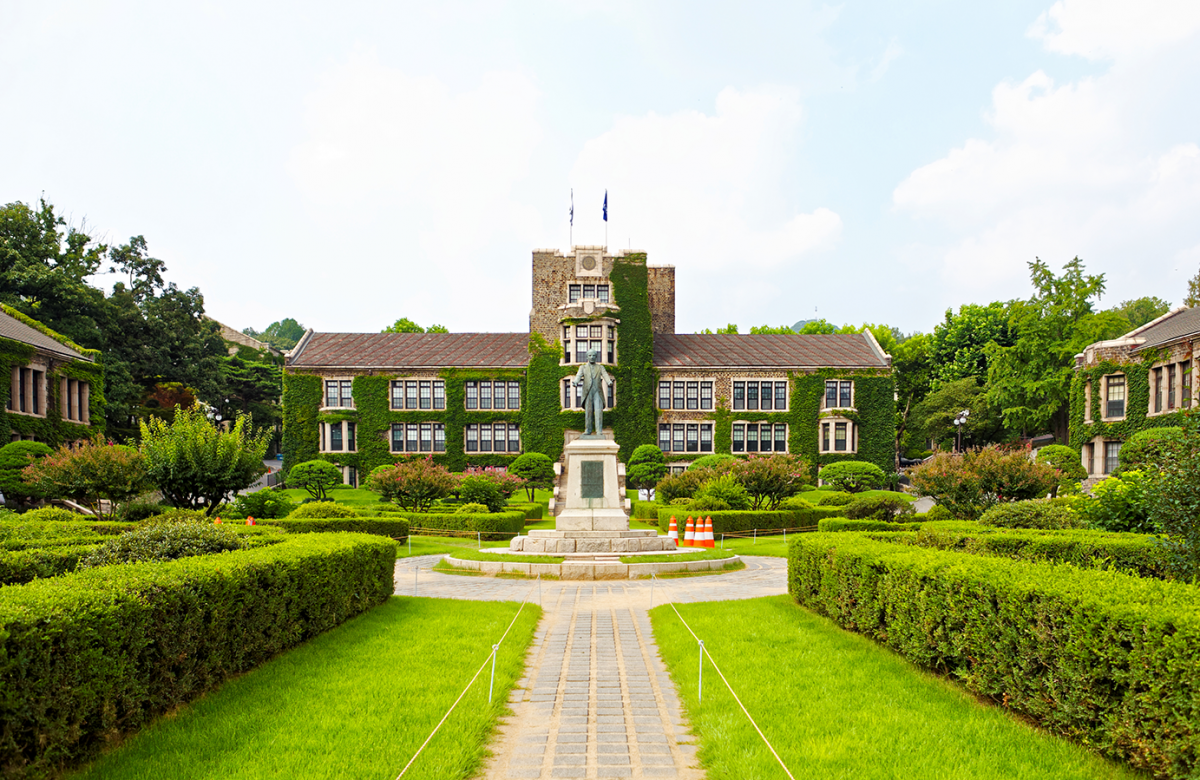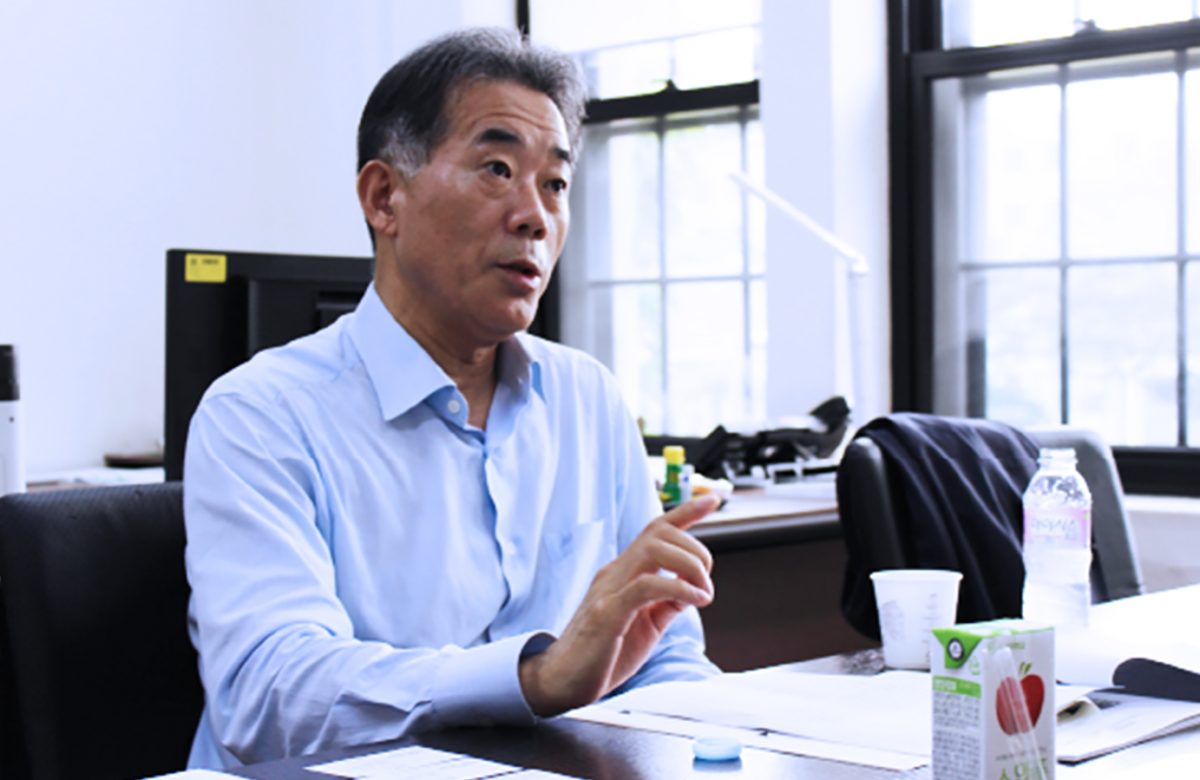Digital Marketing As Part of a University’s Strategy
Dong-No Kim takes us through Yonsei University's strategy
- InterviewArticleUniversity
- May 1, 2019

Many universities in Asia haven’t realized the potential of marketing and promoting research. How did you realize its importance?
Fundamentally, the best way to promote research is to produce great quality papers and publish them in widely read top journals. For example, if your research is published in Nature, Science, or Cell, everybody sees it and gets to know it’s written by Yonsei University’s professors. So, we are working on improving the quality of research as a long-term strategy.
At the same time, to survive in today’s global competition, we cannot just wait for the long-term goal to be achieved. We also need a short-term strategy to fill the existing gap. The best short-term strategy I applied was digital marketing. As you know, papers published in renowned journals are not the only high-impact studies. There are many research outcomes that are important but go unnoticed. If you have great products but don’t market them, nobody knows they exist. This creates a gap between the actual research performance and the research reputation of the university. I wanted to fill this gap.
Many universities use social media for marketing, but Yonsei University takes social media for research promotion very seriously.
Many academics still don’t pay attention to social media. They think it’s for fun. We realized that social media is an essential method of research promotion after we tried all possible marketing methods. We literally tried all possible channels and used digital marketing analytics to assess their performance. We found that social media is a powerful tool for research promotion.
What do you find is key to a successful digital marketing campaign for research content?
Content quality and visualization. When we promote a study, we start with content production. Our content specialist puts together content collected from our faculty members, and the design staff converts this to effective infographics. Visual impact is very important to drive traffic to research news on our website. We have several promotion channels to systematically draw targeted researchers to a relevant research hub’s website where they can see a lot of high-quality subject-specific information.
You have a very strong in-house digital marketing team. How did you start it?
I built the in-house digital marketing team within the University Development Strategy office. Yonsei University did not have a marketing department before, and it was the first time the university was carrying out research promotion. We had to start from scratch and worked very hard to meet global standards. The team frequently updates our website and is active on popular social media platforms. I myself check the campaign performance weekly with them and discuss strategies.
Many universities struggle with collecting and selecting research news to promote. How do you gather research updates from faculty members and prioritize promotion?
We have an in-house database of research papers which is updated in real time by the faculty members. Unlike other universities that struggle to collect research content, we only struggle to select what to choose from a large research database. Our faculty members are supposed to report their publications to the university through this database in real time. Our staff keeps accessing the database and picking up items to promote. We created this system and used it for the internal review of faculty members so that they always update their data through this system. This way we always have access to the latest publications.
We prioritize papers that are published in highly cited journals. We also gauge how interesting and trendy the topics are for the general public. For example, the impact factor of journals is not relevant when publishing social science research, but this research can be appealing to more people.

Building a university’s reputation is a long process. Among many things you do, how do you assess which promotion methods are the most effective for building a strong reputation?
To tell you the truth, we never know. We only know that some methods give quick results and some take time, but we believe that everything we do will have an impact in the long run. We do everything we can as long as it’s relevant and sustainable. Our strategy is to educate and support in-house marketing specialists to maintain long-term, sustainable reputation-building, and this priority motivates our staff to work hard and create great content.
It’s true that we can’t always predict whether our efforts will bear fruit, but we have the gut feeling that results will be obtained in the near future. To enhance the reputation of a university, we have to make long- and short-term investments and keep trying everything we can do.
DONG-NO KIM
Dr. Dong-No Kim received his Ph.D. degree at the University of Chicago. In 1995, he joined the Department of Sociology at Yonsei University. His main research areas are historical sociology, social movement, and social theory. Currently, he serves as Vice President of University Development Strategies at Yonsei University.
This article is part of ScienceTalks Magazine issue The Robust Transformation of South Korean Universities.





